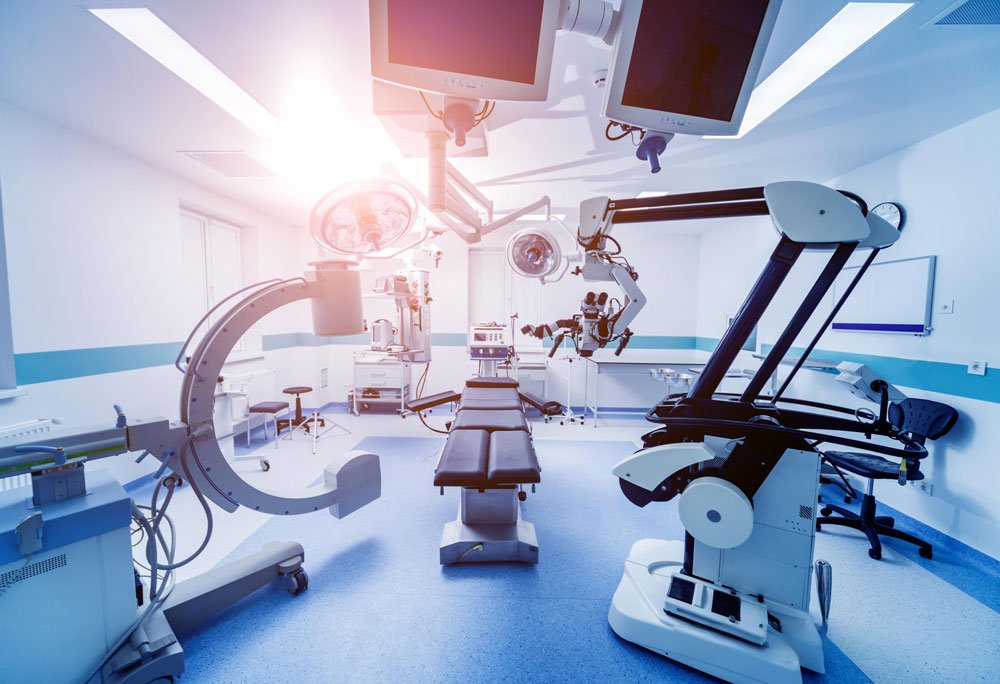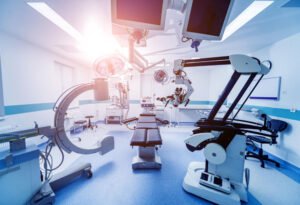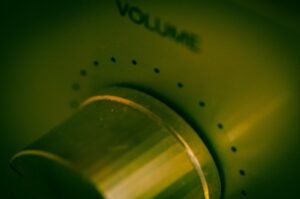When patients enter a hospital, they expect expert care, modern equipment, and above all—safety. Behind the scenes, one critical department works quietly to uphold that promise: the Central Sterile Supply Department (CSSD). Though rarely seen by patients, the CSSD plays a central role in protecting lives and ensuring that every medical procedure begins with confidence.
What Does CSSD Stand For?
CSSD stands for Central Sterile Services Department, but it is also known by other names, including:
Sterile Processing Department (SPD)
Central Supply Department (CSD)
Sterile Processing
Central Supply
Regardless of the title, the mission is the same: to ensure that all reusable medical instruments are sterile, functional, and ready for use across every clinical department.
CSSD in Focus: Why it matters?
Here’s why it’s so essential—and what can happen when it’s overlooked.
1. Sterilization: More Than Just “Cleaning”
Sterilization isn’t just about making instruments look clean—it’s about eliminating every trace of harmful microbes. We’re talking bacteria, viruses, fungi, and even the most stubborn spores. In a sterile environment, the margin for error is razor-thin. One contaminated instrument can lead to infections, prolonged recovery, or in worst cases, life-threatening complications.
2. What Happens When Sterilization Fails?
When sterilization isn’t done correctly, the consequences can be severe. Patients may suffer from surgical site infections, require longer hospital stays, or face additional treatments—all of which impact recovery, cost, and trust. For hospitals, this can mean reputational damage and even legal liability. That’s why every instrument must go through a validated, reliable sterilization process—every time.
3. Before CSSD: A Flawed System
In the past, sterilization was performed within each hospital department. It seemed efficient, but in reality, it created more problems than it solved. There were inconsistencies in how tools were cleaned, duplicated equipment and labor, and a higher risk of contamination. Without centralized oversight, quality control was nearly impossible.
4. CSSD: A Centralized Solution That Works
The CSSD was developed to solve these issues by bringing everything under one roof. Instead of multiple departments sterilizing their own tools, the CSSD serves as the dedicated, highly controlled hub where all reusable instruments are cleaned, sterilized, and tracked. It ensures standardization, efficiency, and—most importantly—patient safety.
CSSD Workflow: A Precision-Guided Process
The CSSD follows a unidirectional, zone-based workflow that minimizes contamination risk and ensures traceability at every stage.
1. Collection and Segregation of Equipment
The journey begins when used or expired instruments are returned from clinical departments to the CSSD. At this stage, equipment is carefully sorted by type and degree of contamination. Segregation is crucial—it prevents processing errors and ensures that each item receives the appropriate cleaning and sterilization method.
2. Washing & Disinfection
Next, contaminated tools are subjected to thorough cleaning. Specialized enzymatic detergents and high-level disinfectants are used to break down organic debris. Depending on the item, washing may be done manually or through automated washer-disinfectors, which provide consistent results at high temperatures. This crucial step ensures that all visible contaminants and most microorganisms are removed, creating a clean base for effective sterilization.
3. Inspection, Assembly & Packaging
Once cleaned, instruments are carefully inspected, assembled (if necessary), and packaged. Each package is labeled with critical information, such as the sterilization date, item description, and expiration date. Proper packaging not only preserves sterility but also ensures traceability—helping staff verify that instruments are safe and ready for use.
4. Sterilization
Now comes the heart of the process. Depending on the material and use of the instrument, one of several sterilization methods is applied (see details below). Each method is validated and monitored using chemical indicators and biological tests to ensure complete sterilization.
5. Storage & Distribution
After sterilization, equipment is transferred to a controlled sterile storage area. Here, it is kept under optimal environmental conditions to prevent recontamination. Whenever needed, sterile supplies are delivered swiftly to surgical suites, patient care units, and emergency rooms—keeping every part of the hospital prepared for safe and seamless treatment.
Sterilization Techniques Used in the CSSD
Different types of instruments require different sterilization methods. Here are the four most commonly used in modern CSSDs:
1. Steam Autoclaving
This is the gold standard for most sterilization needs. It uses high-pressure saturated steam to kill all microorganisms, including spores. Ideal for surgical tools, linens, and stainless-steel instruments—but not suitable for heat-sensitive materials.
2. Dry Heat Sterilization
Using hot air at high temperatures, this method is effective for sterilizing powders, glassware, and items that might be damaged by moisture. While reliable, it requires longer cycle times and is less efficient against spores compared to steam.
3. Ethylene Oxide (EtO) Gas Sterilization
EtO gas can penetrate complex devices and is ideal for sterilizing heat- and moisture-sensitive tools such as plastics and electronics. However, it requires long aeration times, proper ventilation, and is more commonly used in industrial settings due to its toxicity and cost.
4. Hydrogen Peroxide Plasma Sterilization
This method uses vaporized hydrogen peroxide and plasma energy to sterilize delicate instruments like endoscopes. It’s fast and residue-free, but can be corrosive to certain materials and is relatively costly.
Operational Best Practices for a Safe and Efficient CSSD
To maintain the highest levels of safety and effectiveness, every CSSD must follow strict guidelines:
- Strategic Location: The CSSD should be located near operating rooms to minimize transport time and contamination risk.
- Zoned Layout: Clear separation between contaminated, clean, and sterile areas is essential to prevent cross-contamination.
- Ventilation Systems: Proper airflow is crucial—particularly for gas-based sterilizers like EtO, which require independent exhaust systems.
- Protective Gear: All staff must wear gowns, gloves, masks, and dedicated footwear to maintain aseptic conditions.
- Hygiene Protocols: Regular handwashing and post-work scrubbing are mandatory, and work surfaces must be disinfected frequently.
- Autoclave Testing: Biological and chemical indicators must be used regularly to verify sterilization effectiveness, with results documented and reviewed by supervisory staff.
Reliable sterilization is fundamental to patient safety and procedural integrity. The CSSD delivers consistent, validated outcomes that support high-quality care across all departments.





